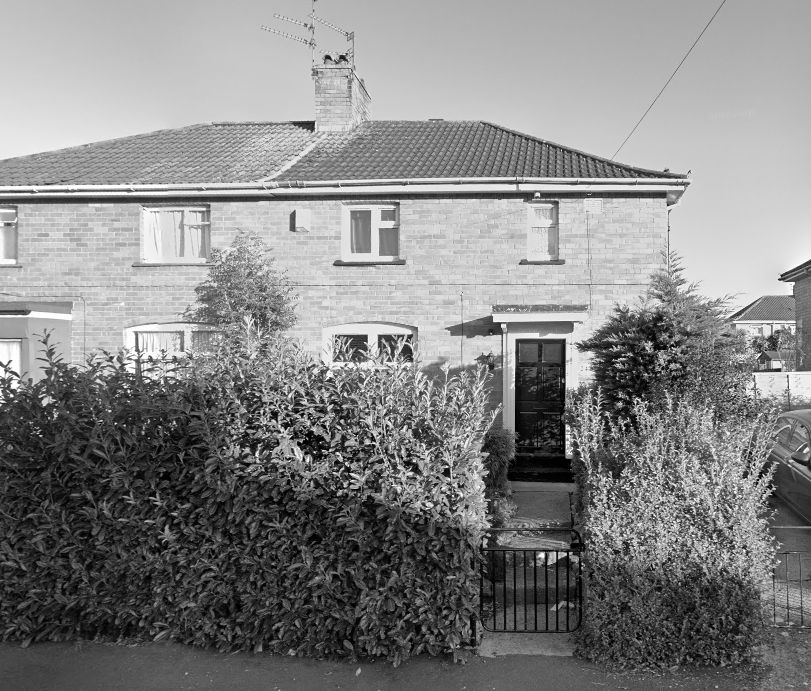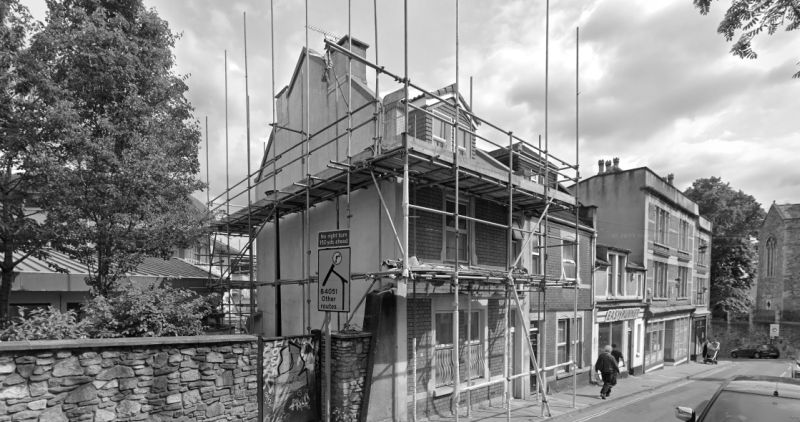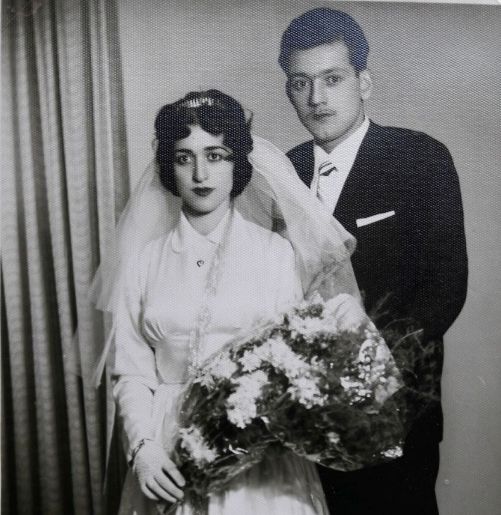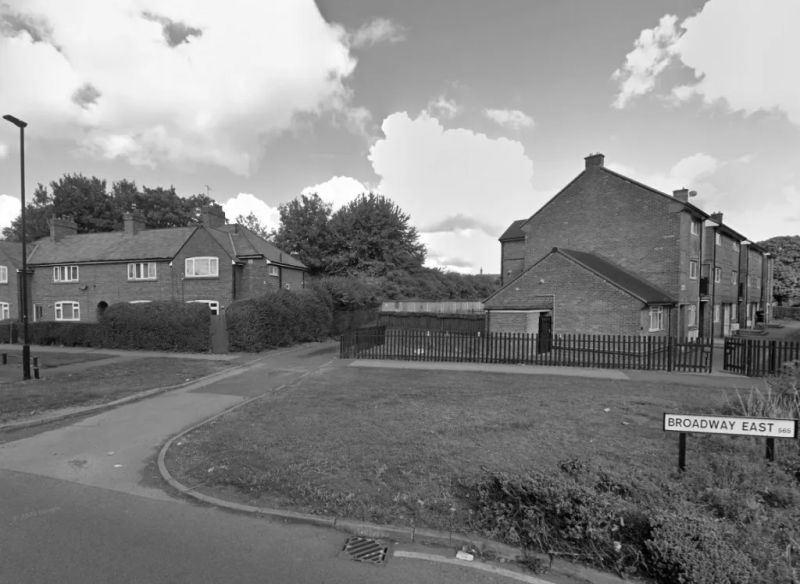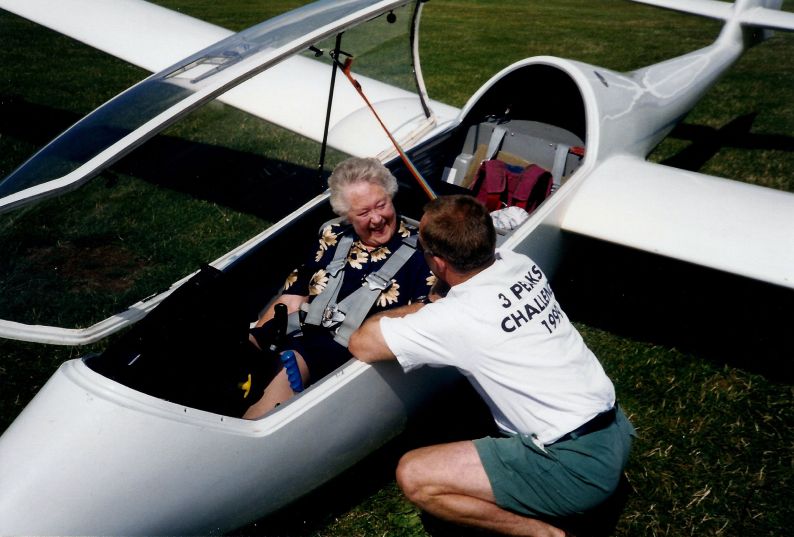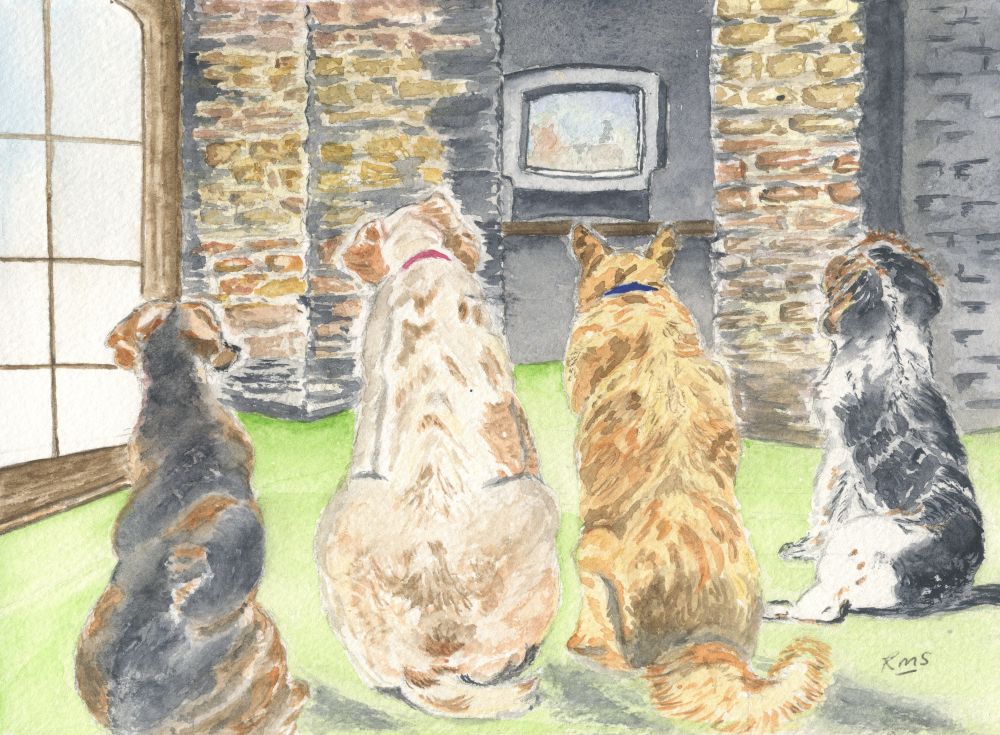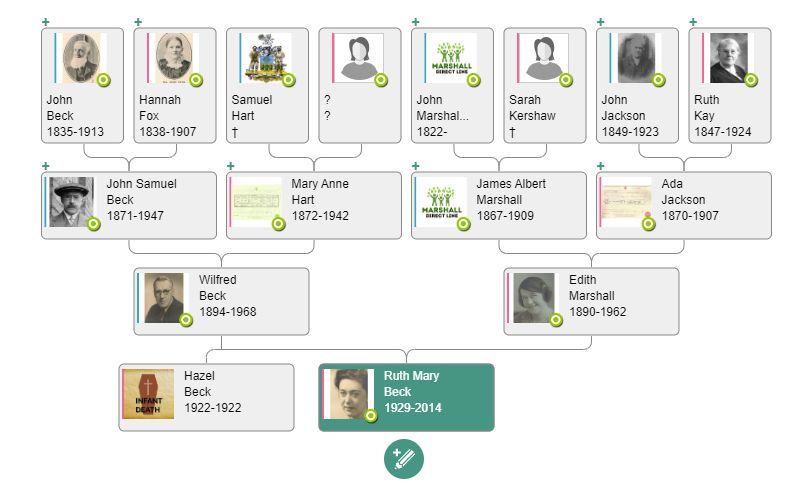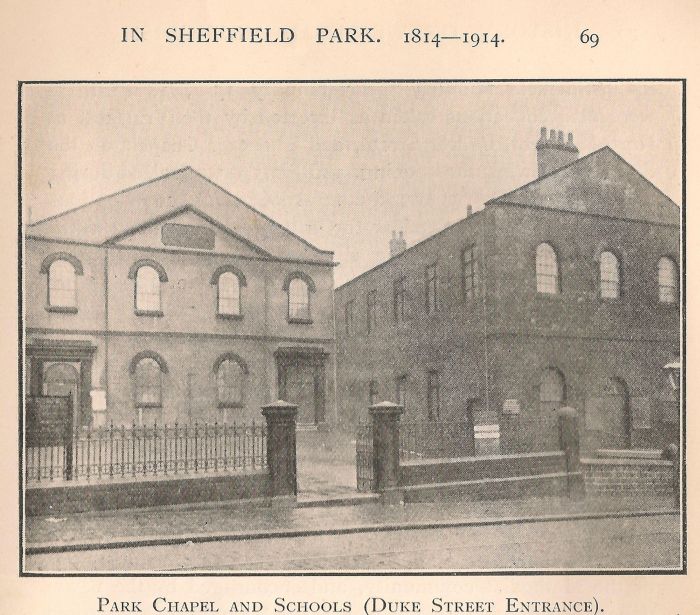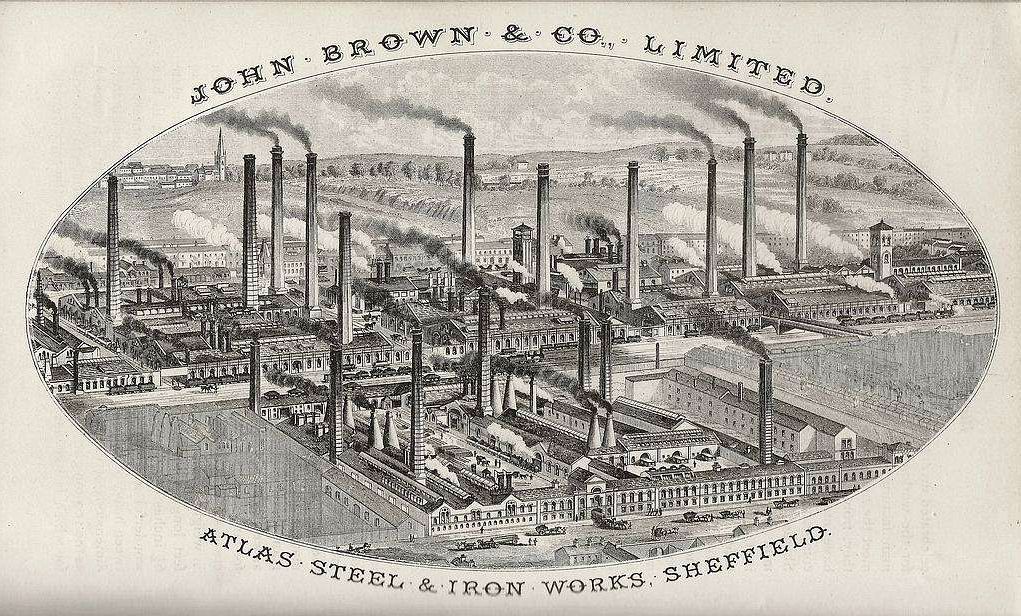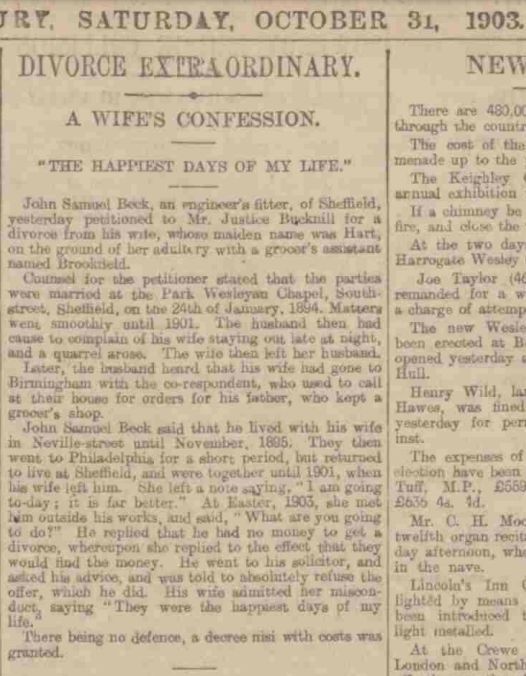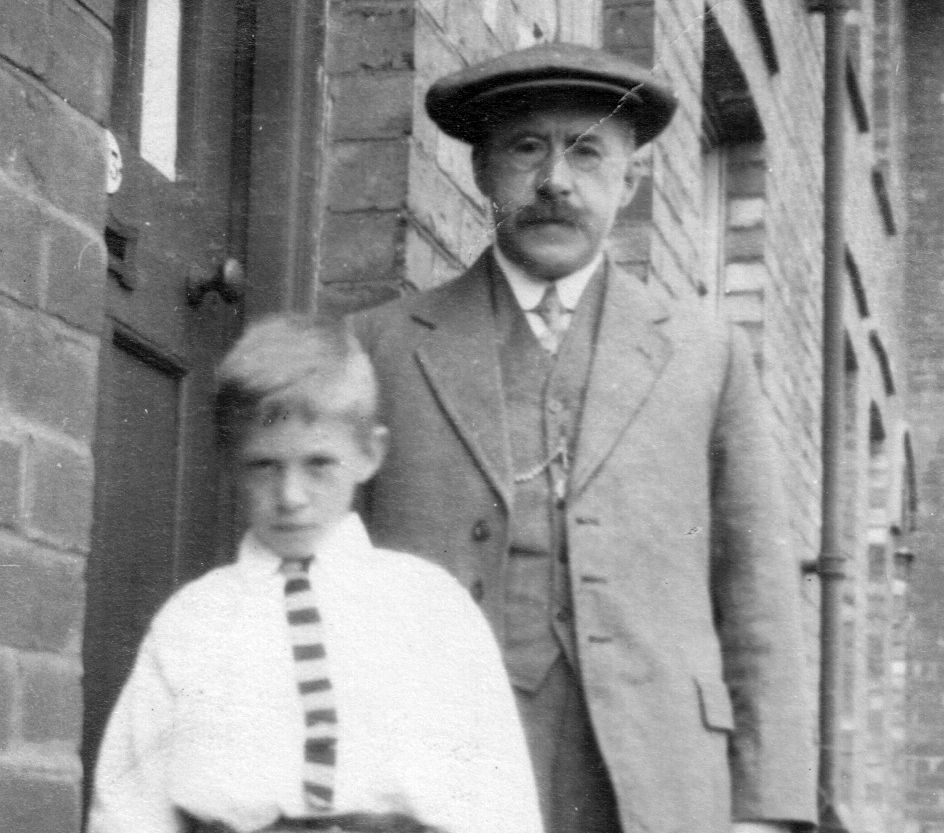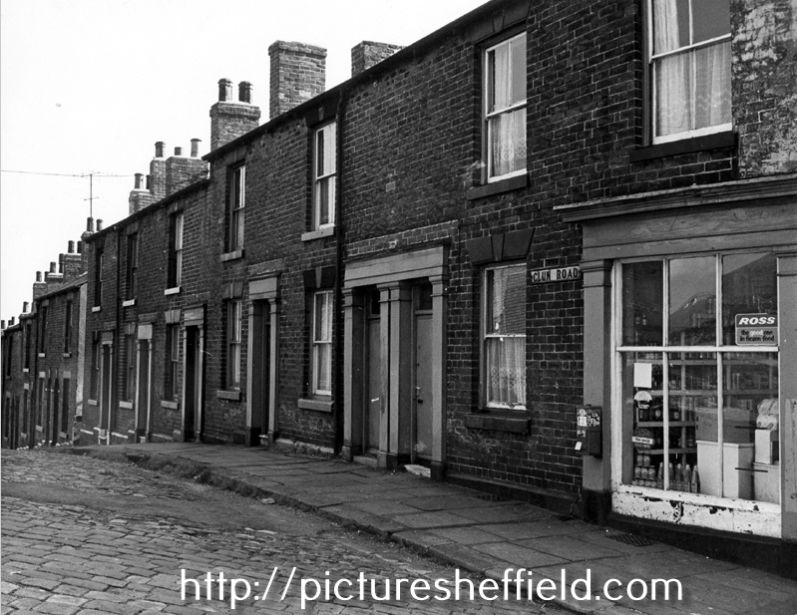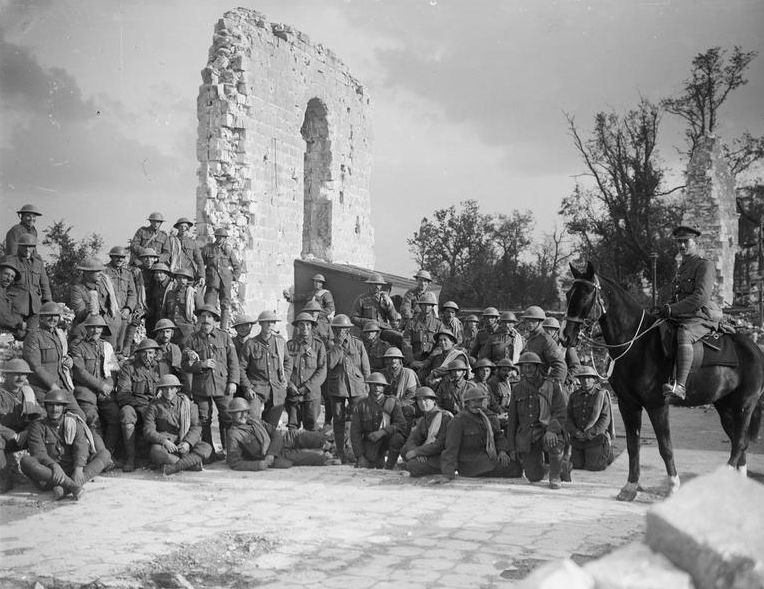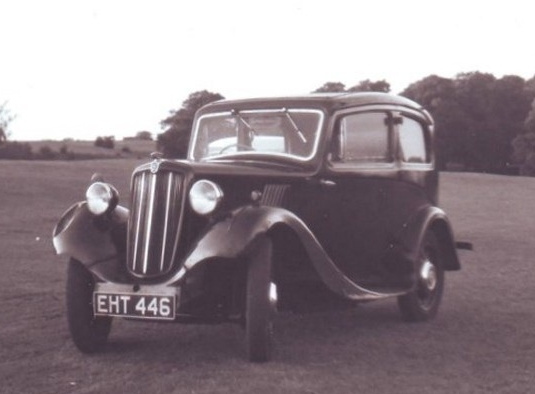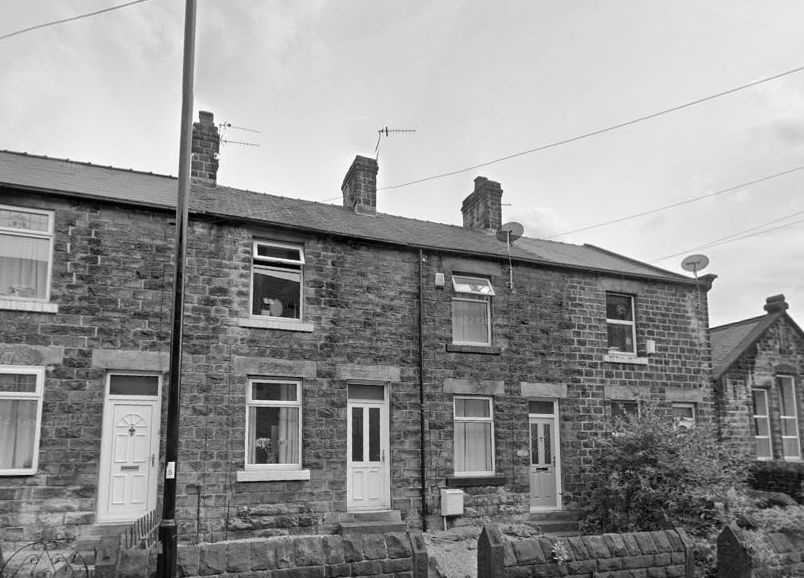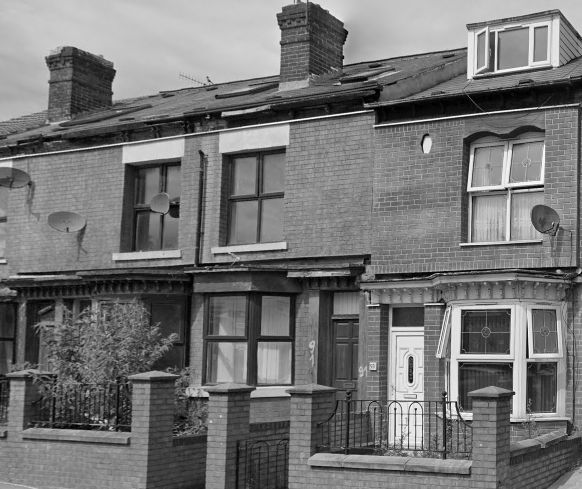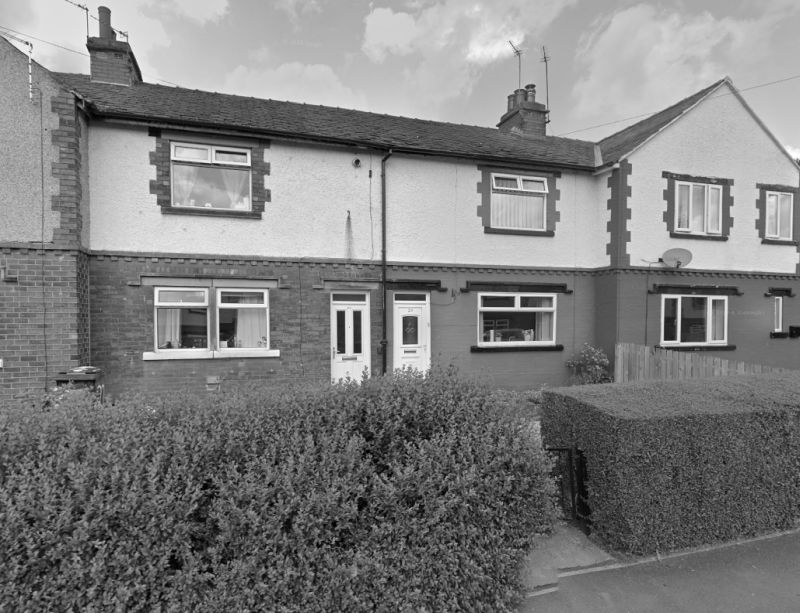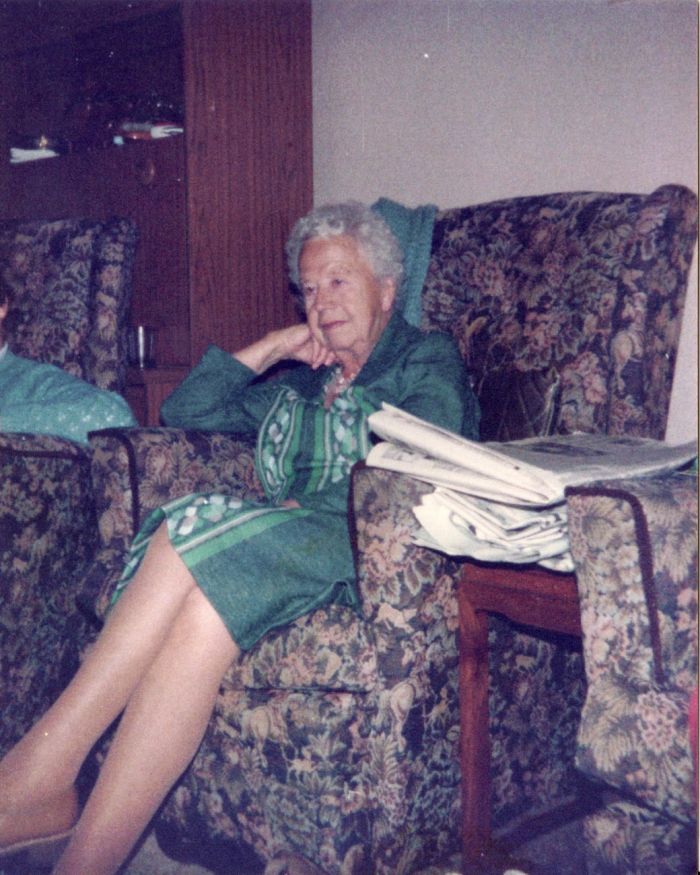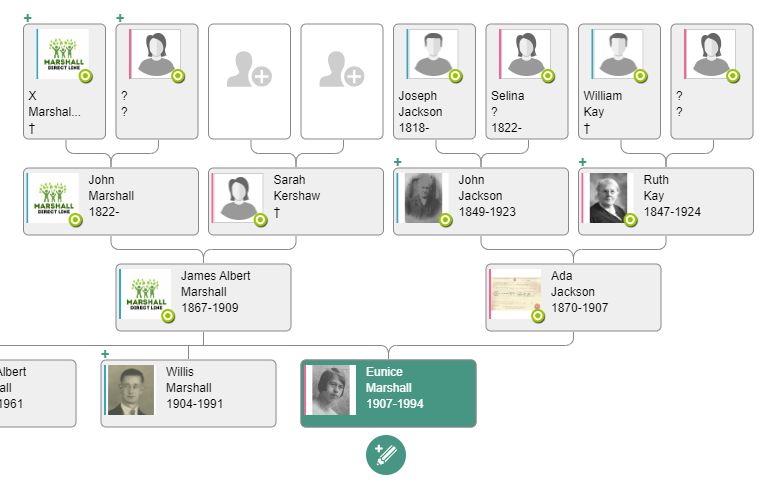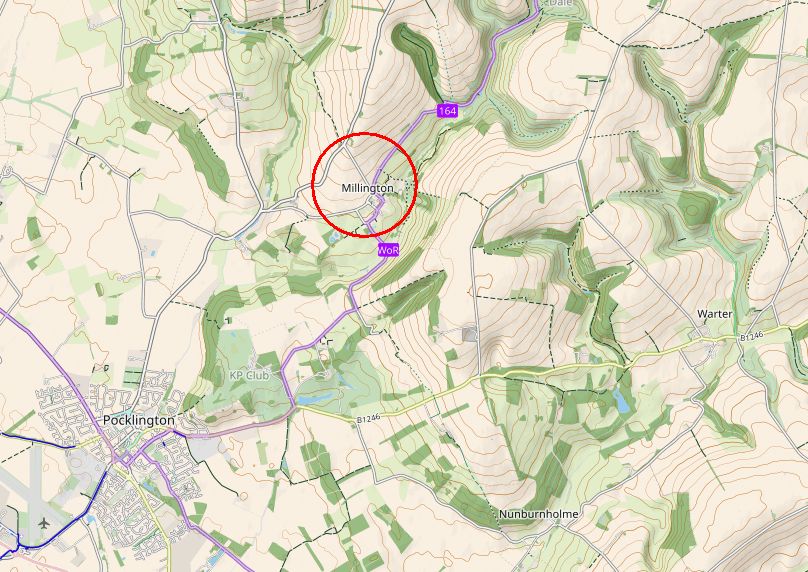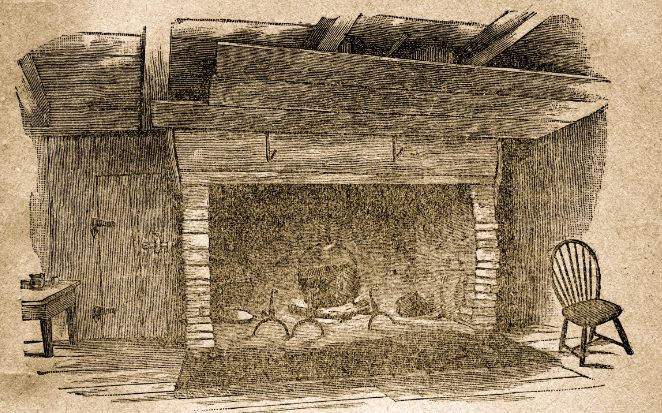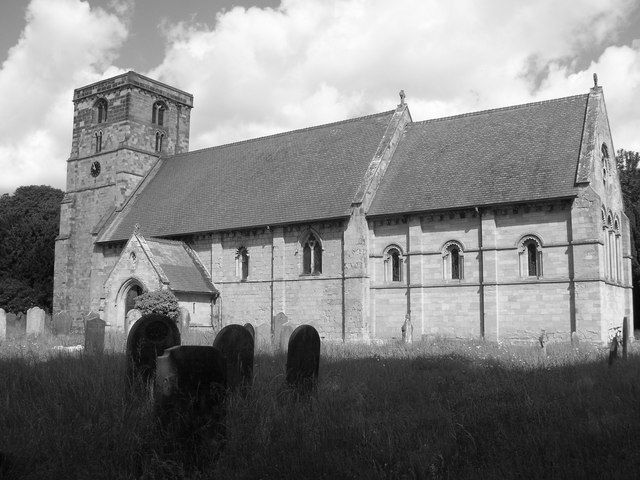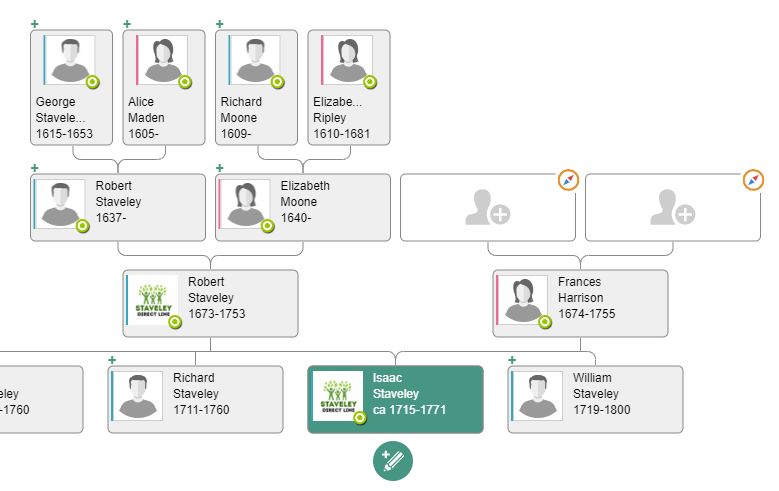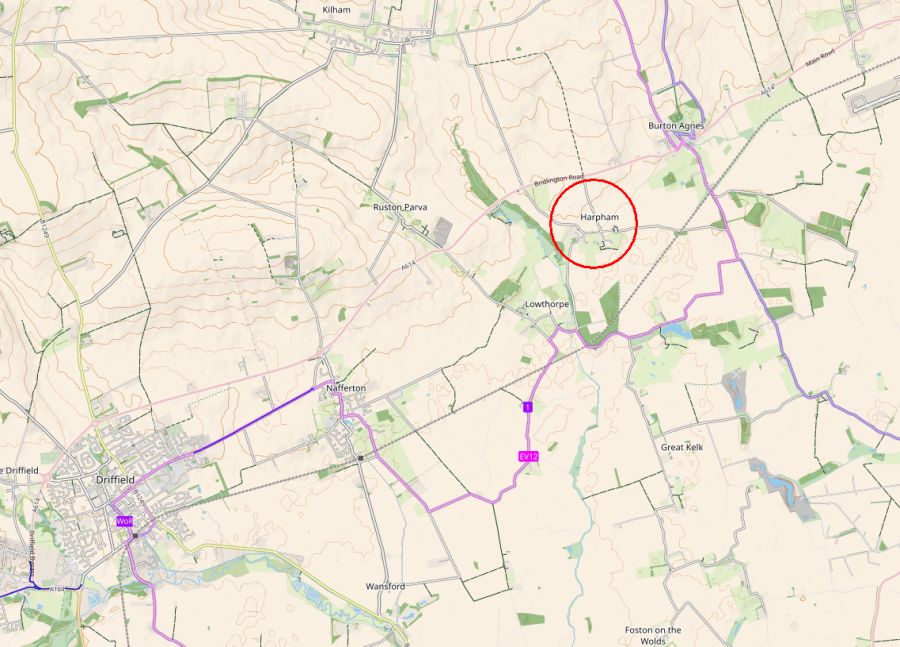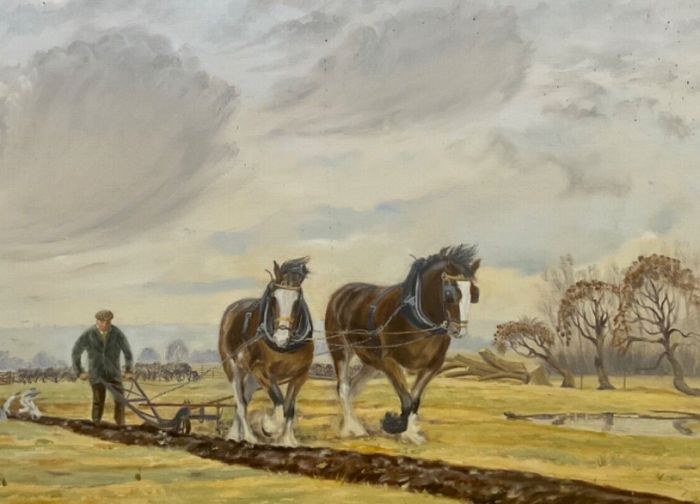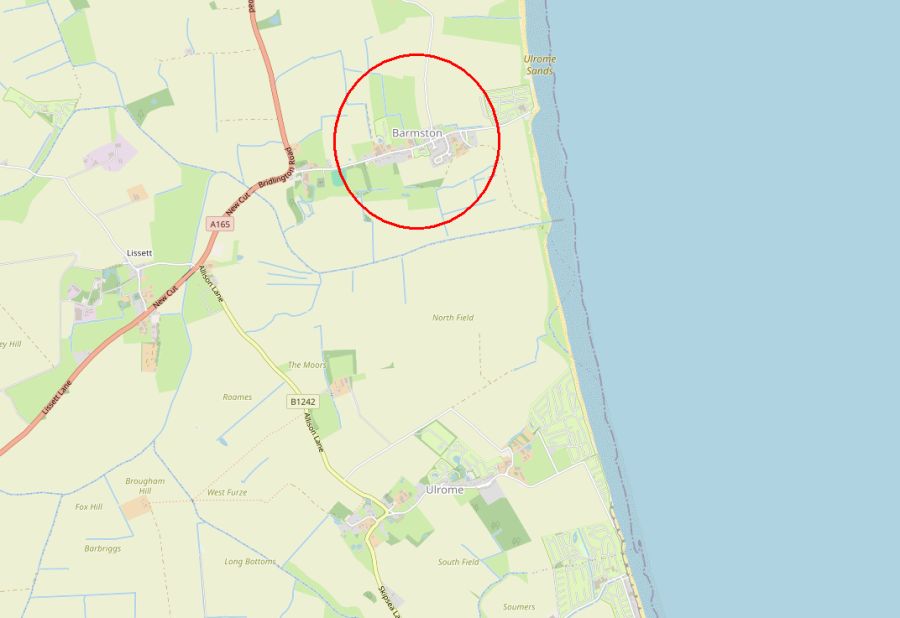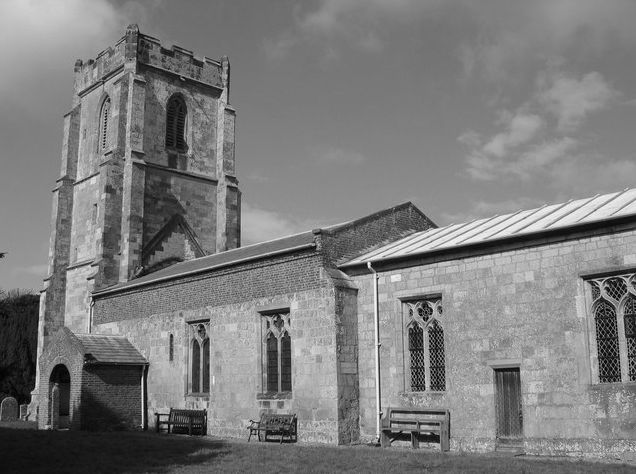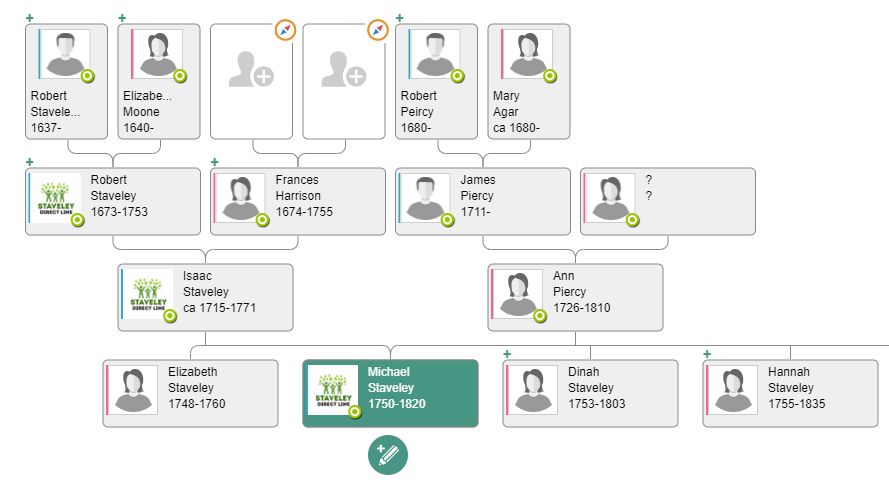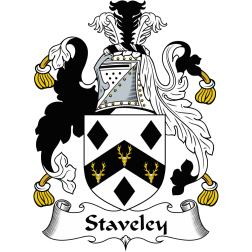
Most of the Staveleys in East Yorkshire would appear to be descended from Robert Staveley who lived in the Tibthorpe area in the early 18th century. The family may have originated from the village of Staveley about 4 miles north of Knaresborough in North Yorkshire.
Special thanks to Irene Newham of Scarborough, John Watson of Milton Keynes, Mac Staveley from Hull, Dr L A K Staveley, Peter Staveley of Teddington, Middlesex, and all the individual Staveleys involved that I have met or communicated with.

The IGI records provided by the Mormon Church provide a very comprehensive list of Staveleys. In Yorkshire alone, the IGI index includes over one thousand entries dating as far back as 1600 and even earlier. Another invaluable source of information from 1837 onwards is the official register of births, marriages and deaths. There are also a number of genealogy websites all vying for your money.
Staveley is a place name. There are four places so named in England. The largest is that in Derbyshire, a few miles north-west of Chesterfield and not far from the Yorkshire border. There is a Staveley to the south of Ripon, a mile or so from the A6055, which puts it quite near places with Staveley associations, as we shall see. Another is that in Cumbria ( in the part which used to be Westmoreland ), familiar to many visitors to the Lake District as it lies a few miles to the east of Windermere on the A591. Finally, there is a Staveley-in-Cartmel, north-west from Grange-over-Sands and near the junction of the A590 and A592.

All four places are settlements of considerable age. They are all to be found in thirteenth century records, and the Derbyshire and Yorkshire Staveleys appear in the Domesday Book ( 1086 ). As is to be expected, a variety of spellings turns up. The concise Oxofrd Dictionary of English Place Names gives the following ( besides the correct version ); Stavelie, Staveleia, Stavelay, Stavele, Stanlei, Staflea and Staveleie. Rather surprisingly, the Stavely so often inflicted on modern bearers of the name is not in the list. All forms of the name have their origin in the Old English ‘ Staef-Leah’, meaning ‘ a wood where staves were got’.

In Norman times people would have been known under their first name. The place that they were from or their profession might have then been used to identify them further. For example, Robert of Staveley is likely to have been called Robert Staveley and Adam who makes Staves by the Ley might also be known locally as Adam Staveley.
There are a number of Staveleys that are recorded and which date back over a thousand years but piecing all the family tree details is extremely difficult due to the lack of records or any form of concise information regarding their lineage.
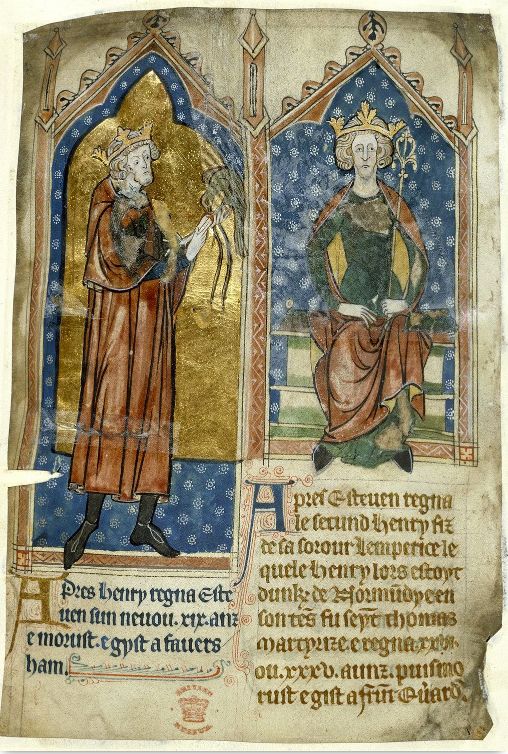
What we do know is that there was a Swain de Staveley, born in 1085, that is quite possibly the first known individual with the Staveley surname. King Stephen who was the grandson of William the Conqueror, bestowed him with a Lordship and lands at the village of Staveley near Ripon and Knaresborough. Swain de Staveley and his descendents would hold the Manor of the village of Staveley until the middle of the 14th century when their lineage seems to fizzle out.
Adam de Staveley (1165-1225) the grandson of Swain de Staveley would marry into the Norman family of de Percy, daughter of William de Percy of Kildale. The Percy clan were land rich and very powerful. Through this marriage to Alice Percy, Adam would have acquired extensive land ownership around Sedbergh, Dent, Berwick on Tweed, Stainton, and Ingleby Barwick. Adam also had estates at Farnham, Staveley, Knaresborough, Lonsdale, Ilton, Swinton, and Ripon.
Despite the fact that the lack of any heirs would see his own line die out, his brothers are likely to be responsible for the future Staveleys of Yorkshire and beyond.

We do know that Adam de Staveley was born at Calverley, near Leeds, in West Yorkshire and that he died in 1225 at the age of 60. He is buried in Jervaulx Abbey, near East Witton, just 14 miles from Ripon. Adam had previously provided the money and land for the foundation of the Abbey.
Scrolling forward to 1300 there are records of land being farmed around Bishop Burton, just 3 miles from Beverley. This land was owned by the Archbishop of York and a William Staveley and a John Staveley held rented land there. Perhaps this is really where the long line of Staveley farmers began. Certainly this location features prominently in future generations of Staveleys.
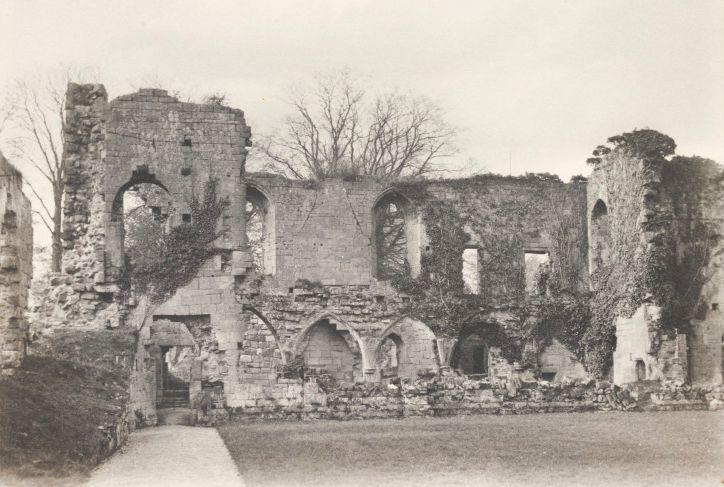
The Black Death would reach England in June 1348. Originating from Asia it spread across the European trade routes and was caused by infected rats coming off the ships. This bubonic plague pandemic started in Weymouth in Dorset. Within just two months it had reached London and by 1349 it had enveloped the entire country. It would have laid waste to around 50% of the population. It had all but died out in December 1349.
The plague was to return between 1361-1362 and would again cause the death of around 20% of the population. It would return several times during the 14th and 15th centuries. The last recorded outbreak of the plague was in London in 1665-1666. It had become less severe and people had built up an immunity to it.
Unfortunately we leave the early Staveleys here at the end of the 13th Century because although there are a few references to Staveleys after this time, the first plague outbreak was about to take place and the sheer scale of death and turmoil that it would cause left us without a recorded history for almost 200 years.

We start to see more records become available and there are a number of Staveleys recorded. Perhaps the most important is John Staveley, born in 1400, who was the Wakeman (similar to a Mayor ) of Ripon. John stands at the top of the tree in terms of being the main lineage for the Staveleys of North Stainley. He is recorded as having two sons, John and William. The youngest son John founded the Thornmanby line and William would go on to found the North Stainley Staveley dynasty that would last nearly 400 years. Details of these lines of the Staveley tree can be found on Genealogy sites such as My Heritage. We do not know the exact date of death of John senior but he is buried at Jervaulx Abbey.
Records show us that a certain Ninian Staveley, born around 1500, the son of a John Staveley, is one of the key descendents of the Stainley and Ripon family. The estates under his control stretched out from Ripon as far as the Yorkshire Dales. Tenant farmers would have worked the land on his estates.
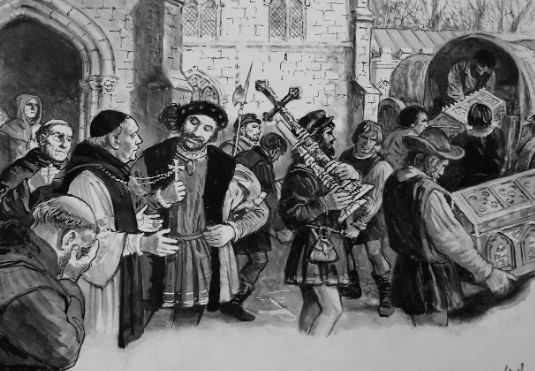
The dissolution of the monasteries in England and Wales began in 1536 after a large rebel army of over 30,000 people marched to York and demanded that the monasteries should be reopened. This march became known as the Pilgrimage of Grace. The rebels were promised a pardon and a Parliament in York to discuss their demands, and they disbanded.
This would have tested loyalties and would definitely have been percieved as a threat to ordinary farm workers and estate owners alike. Ninian initially took sides with Catholicism and the recognition of the Pope but he seems to have escaped prosecution and any retribution after the opposition faltered.
Henry VIII’s response to the rebels was brutal and a significant number of Catholics were executed. Ninian went on to co-found the Ripon School which is one of the oldest schools in the country.
The pieces of the Staveley jigsaw start to become easier as records become more reliable and numerous. Yorkshire is clearly the county of Staveleys. From here they would travel to other regions around the country and emigrate overseas. Our own family line can be traced back to George Stavelie who was born in 1615.
When we get to Robert Staveley of Millington in our family tree, we find that according to the IGI, he was born in 1673 and was married to a Frances Harrison. However, there is also another Robert Staveley of Millington who was born in 1678 and who married Alice. Millington is such a small place. They must be related somehow. I came across a similar situation with Muston where there are a group of Staveleys that would appear on the face of it to be related to each other but a link is missing. Genealogy is full of frustrations and gaps. People also moved around the county or further afield looking for work and a better lifestyle so tracing them all can be extremely difficult.
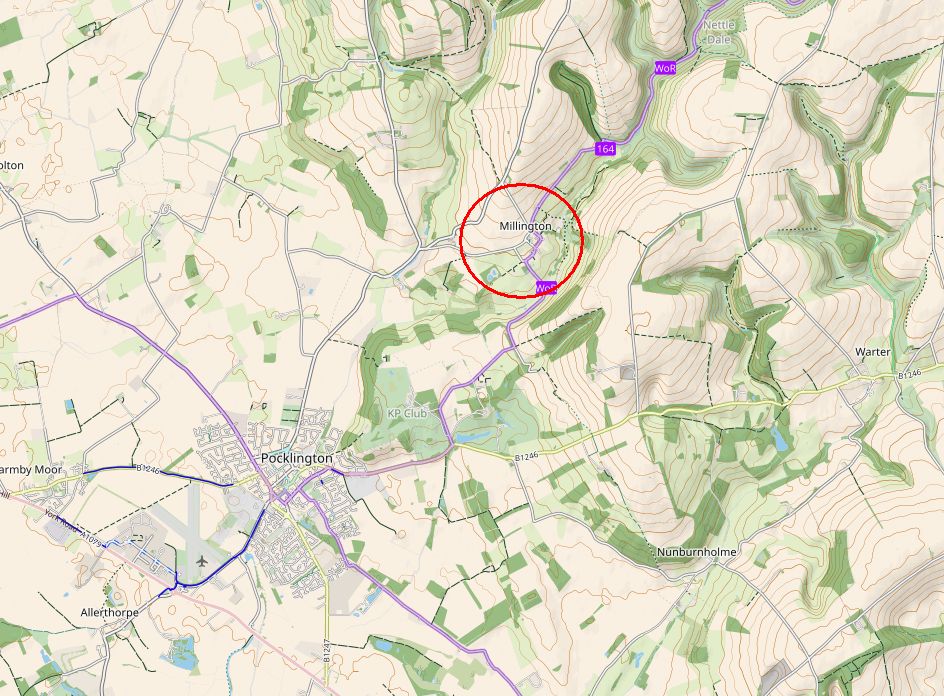
One thing we can be certain of is that the Staveley roots are very much Yorkshire born and bred. The Staveleys are one of the oldest families in Yorkshire with roots way back to the times before William the Conqueror. A thousand years of Staveley history!
Peter Staveley, who is the main researcher of Staveleys, produced a CD Rom which until recently was available through the website www.staveley-genealogy.com
For anyone lucky enough to have a copy of this extensive Staveley research you can travel back in time and follow the progress of the Staveleys in much more detail than I have provided here.
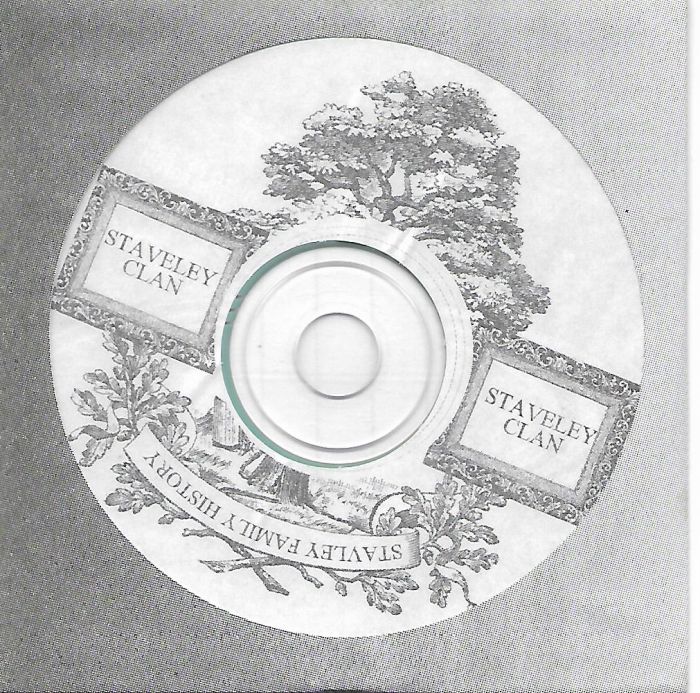
Genealogy is not really just about collecting births, marriages and death dates. It is a fascinating insight into the social history of our ancestors. Learning how they lived, the conditions under which they lived, and the somewhat harsh environment that they had to endure, in order for us to get to where we are today.
Each entry in a family tree is a life. Each one had a story to tell. Sadly for most of them we will never ever know what their lives were really like.
Your own Staveley line might end up in London, Leicester, Scotland or Ireland. You might be a Staveley ( or a Stavely ) now living in the USA, Canada, New Zealand or Australia. Across the globe, Streets and Roads, Towns and villages, and names of businesses, continue with the Staveley name. I hope that you find this information useful.


